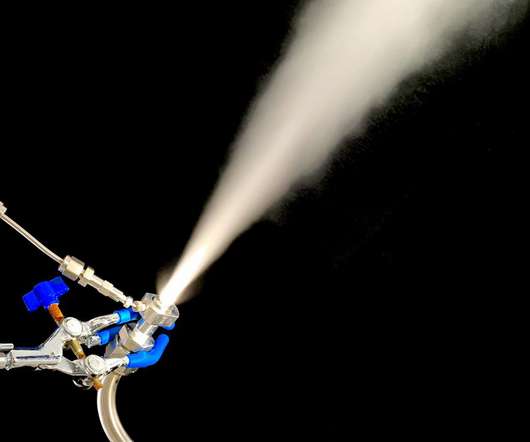Calif. ARB releases GHG scoping plan update; more ZEVs, “LEV IV”, MD and HD regulations; ZEV for trucks; more LCFS
Green Car Congress
FEBRUARY 11, 2014
The update identifies eight key sectors for ongoing action: Energy; Transportation, fuels, land use and infrastructure; Agriculture; Water; Waste management; Natural lands; Short-Lived Climate Pollutants (such as methane and black carbon); and Green Buildings. Transportation.












Let's personalize your content